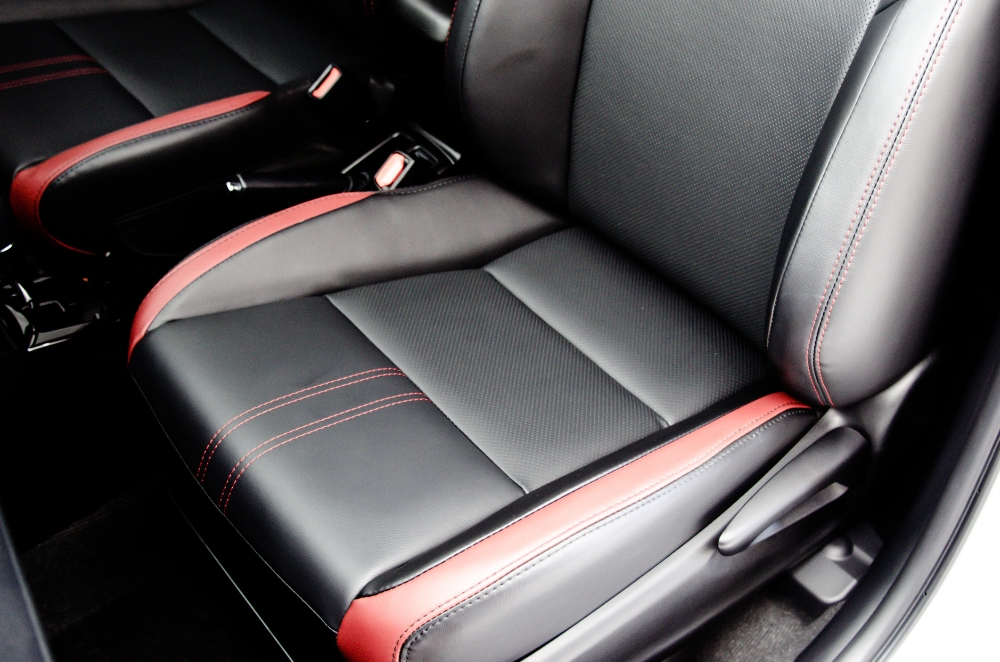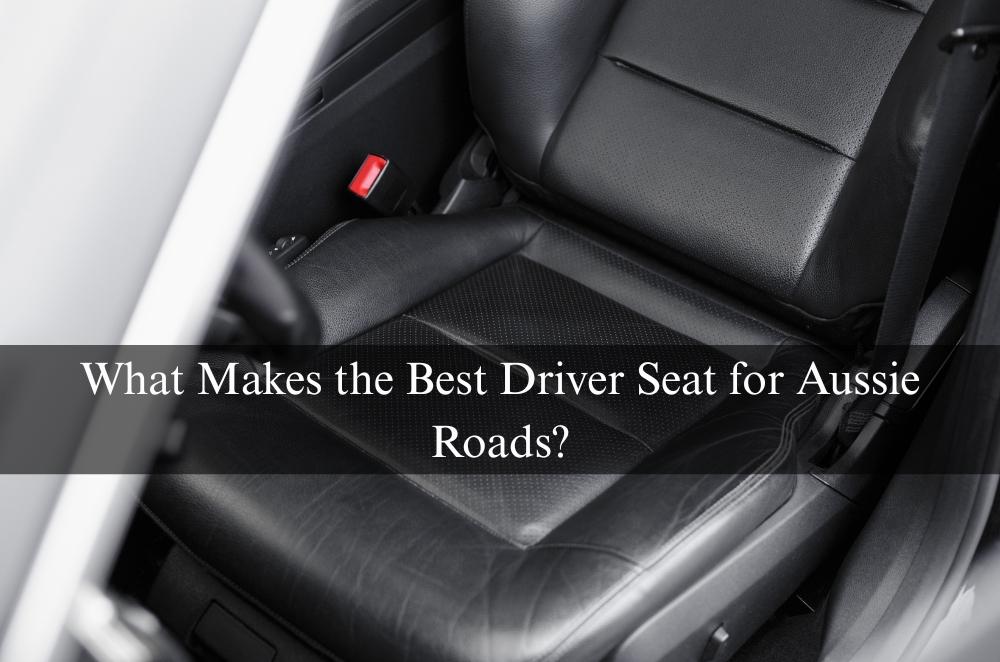You don’t notice a bad seat straight away. It creeps in a bit of lower back ache after a long drive. Hips are not quite right. Maybe a shoulder twinge you blame on sleeping funny. But for anyone spending serious time on the road — from tradies doing the rounds to couriers weaving through the suburbs — the seat you’re in starts to matter. A lot.
Turns out, comfort isn’t a luxury in a vehicle. It’s a necessity. Especially in Australia, where we cover long distances, deal with rougher back roads, and sit through endless stop-start traffic. If the seat’s not doing its job, neither are you. That’s why more drivers are paying attention to what really counts in the best driver seat — and realising it’s more than just foam and fabric.
Not all seats are built the same
Slide into a new car and everything might look the part. Leather, stitching, adjustable bits here and there. But it’s not always about what’s visible. A decent driver seat earns its place over time. It supports when it needs to, softens where it should, and adjusts without fuss.
But what does that actually mean?
-
It lines up with how your spine naturally curves
-
There’s just enough give to prevent pressure build-up
-
It holds you steady without locking you in
-
And you don’t notice it after 100 kilometres, because it’s doing what it should
On the flip side, a poor seat makes every bump louder. You fidget. You slouch. And before long, you’re thinking more about your back than the road.
Comfort is about more than just cushions
The way a seat feels on first contact isn’t the whole story. What matters more is how it holds up over hours, not minutes. This is where proper lumbar support comes in. Not just a padded lump, but a real structure that keeps your lower back from collapsing inward.
In fact, most chronic driver discomfort starts here. The lumbar region takes the brunt of it. That’s why lumbar support in driver seats isn’t something to skim past, especially if you’ve already had lower back issues or spend full days in the vehicle.
Seat height, tilt, cushioning, fabric — all of it plays a role. But unless your lower spine is looked after, none of it lasts.
What to look for when choosing a seat
You can tell a lot from sitting still for five minutes. Your legs should rest comfortably, with knees slightly bent. Feet flat. No pinching behind the knees. Your back should feel supported, not forced. And if you need to adjust the recline or tilt to get that, great. The seat should let you.
Here’s what’s worth testing before committing:
-
Do you feel pressure anywhere? Hips, back, shoulders?
-
Can you reach the pedals without shifting your posture?
-
Does the headrest hit the right spot, not pushing your head forward?
-
After five minutes, are you fidgeting or forgetting you’re sitting?
The answers to these will often reveal more than a spec sheet ever will.
It's not just about the seat — it’s how you set it
You could have the best seat on the market and still end up uncomfortable if it’s not set up properly. And it happens all the time. People jump in, tweak the recline, maybe slide the base back a bit, and that’s it. Done in thirty seconds.
But the setup makes a difference. Not just for comfort, but safety too. Here’s a quick check:
-
Adjust your seat so your knees stay slightly bent
-
Your hips should be level or slightly higher than your knees
-
The backrest needs to support your whole spine, not just your upper back
-
Lumbar support should match your natural curve
-
And your elbows should stay loose when you grip the wheel
If this sounds like a bit much, you’re not alone. That’s where adjusting driver seats for comfort becomes more than a nice-to-know-it’s something that should be built into the habit of driving.
Why the Aussie road experience changes the game
Driving in Australia’s not like cruising around in some compact European city. We’ve got vast stretches, uneven bitumen, temperature swings, and the occasional corrugated back road that’ll shake you to bits. The seat in your vehicle isn’t just about luxury — it’s about protection.
Long hours and unpredictable roads mean vibrations are constant. The right seat cuts that down. And in hot weather, breathable fabric becomes your best friend. Some of the newer models even use temperature-regulating materials — small details, but they make the grind feel a little less grinding.
And there’s another thing — fatigue. Bad seats don’t scream at you. They whisper. Over time, poor posture and small aches build up into real strain. You don’t always know how tired your body is until you hop out and feel everything at once.
Is comfort just a bonus?
Not really. Comfort helps you stay focused. It stops that mental drain from creeping in. And when your body’s not screaming at you, you’re more likely to respond better to traffic, to hazards, to the occasional late-braking kangaroo.
This is especially true for commercial drivers. Comfort directly affects performance. The longer you're on the road, the more important that support becomes.
Some of the most useful upgrades are the simplest. Good seats with custom adjustment. Tilt options. Lumbar that actually works. These are the kinds of driver seat comfort tips that pay off over time — in fewer aches, better alertness, and less end-of-day fatigue.
What sets high-quality seats apart?
It’s not the branding or the extra stitching. What separates a good driver seat from a great one is how much it adapts. How well it supports a range of body shapes. How durable the materials are. Whether the adjustments actually make a difference or are just there to tick boxes.
And then there’s consistency. If the cushioning holds up after two years of daily use, if the fabric isn’t torn or flattened, if the seat doesn’t lean or sag — that’s when you know it’s been built properly.
Not every driver will need the same thing. A courier doing short, frequent trips might prioritise breathability and quick adjustments. A long-haul operator might need firmer lumbar, wider bolstering. Either way, it’s worth thinking about what actually fits your driving reality, not just what sounds good on paper.
Final thoughts
Most of the time, you won’t even notice a good seat. It just sort of disappears into the drive. That’s what makes it good. You're paying attention to the traffic, the road noise, maybe thinking about what’s next on the job. Not shifting around, trying to ease that tight spot in your lower back. Not counting down to the next stop so you can stretch your legs.
Whether you walk away from the wheel feeling fine or completely worn out. So it’s worth choosing one that holds up. That fits how you drive. It won’t come with much fanfare. But out of all the bits and pieces inside a vehicle, the seat might be the one upgrade that quietly makes everything else a bit better.



